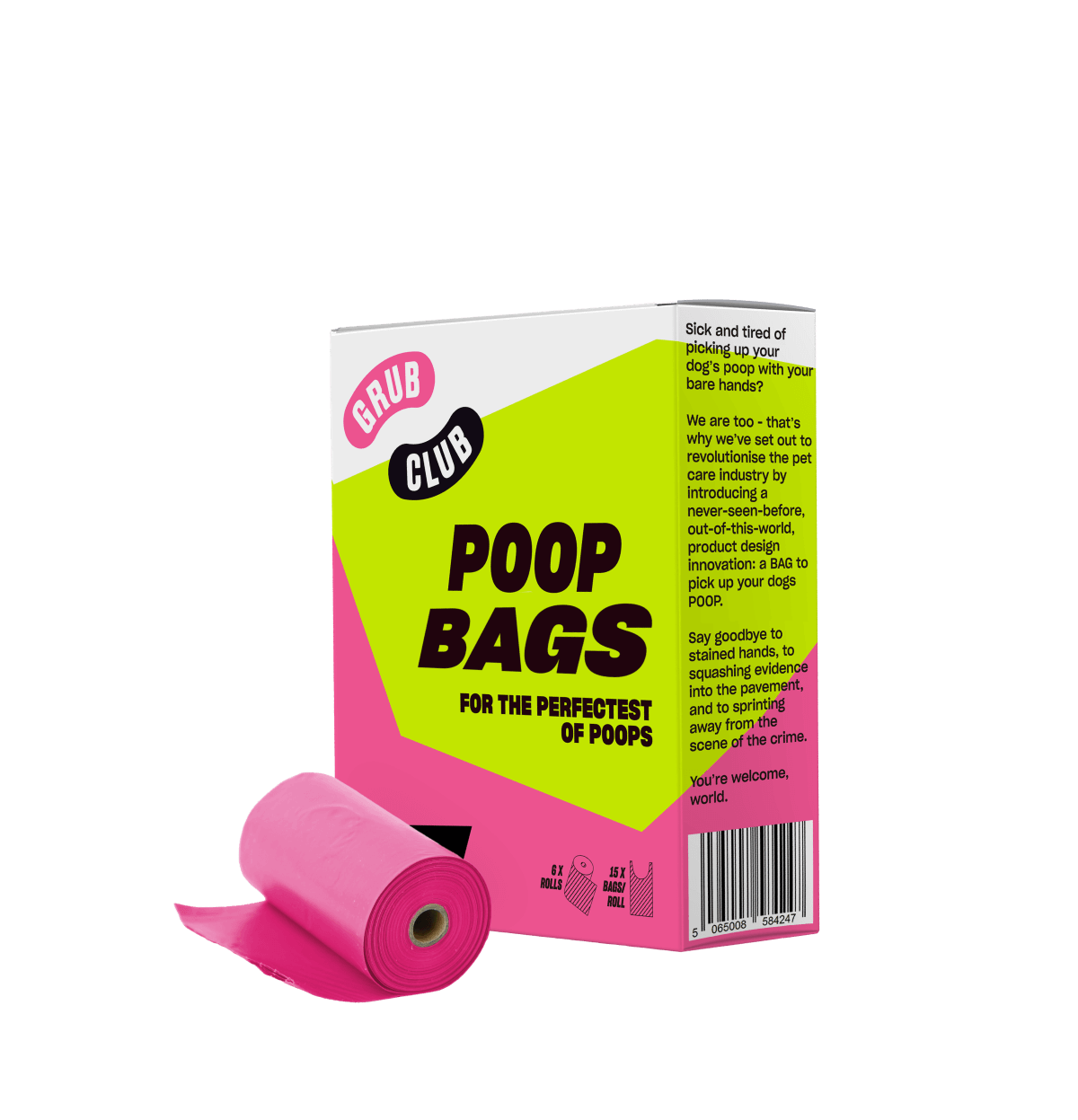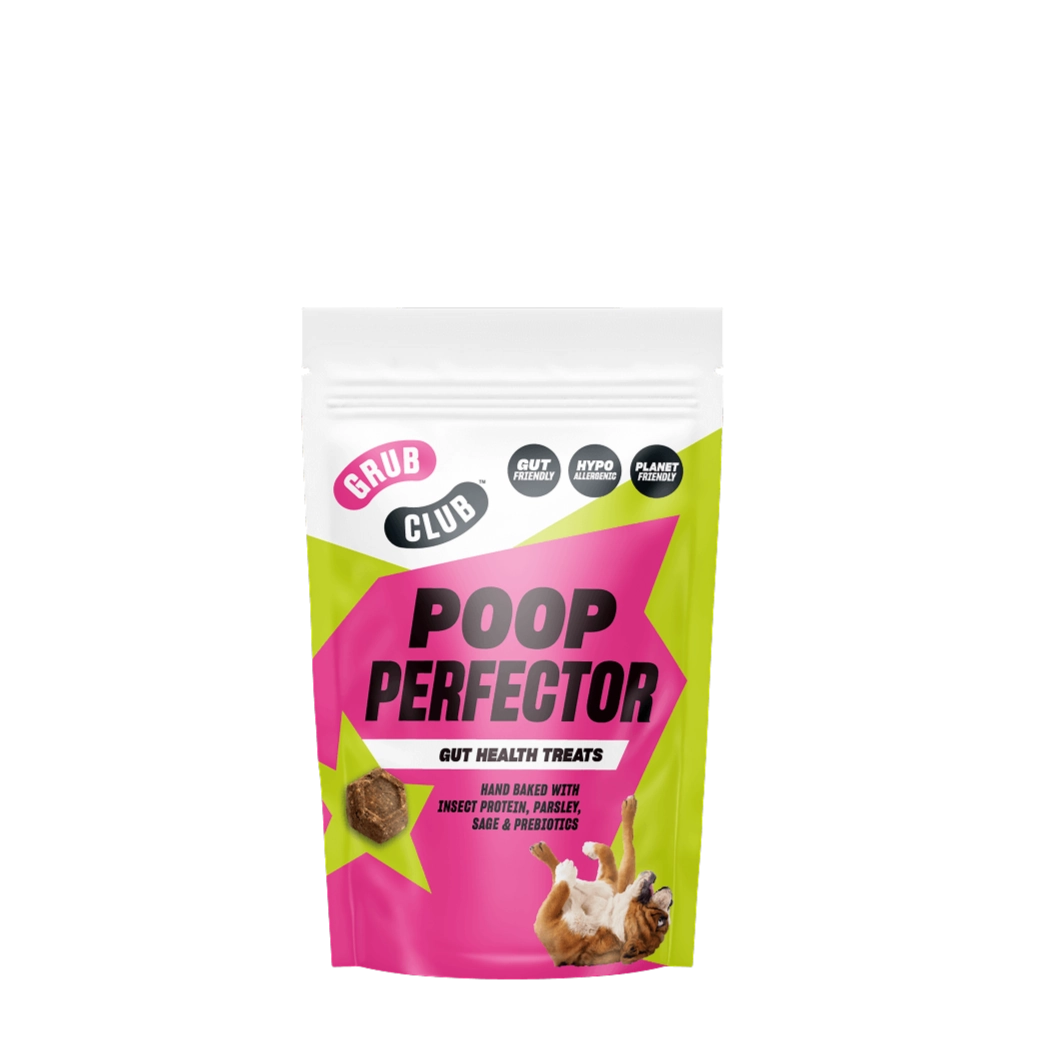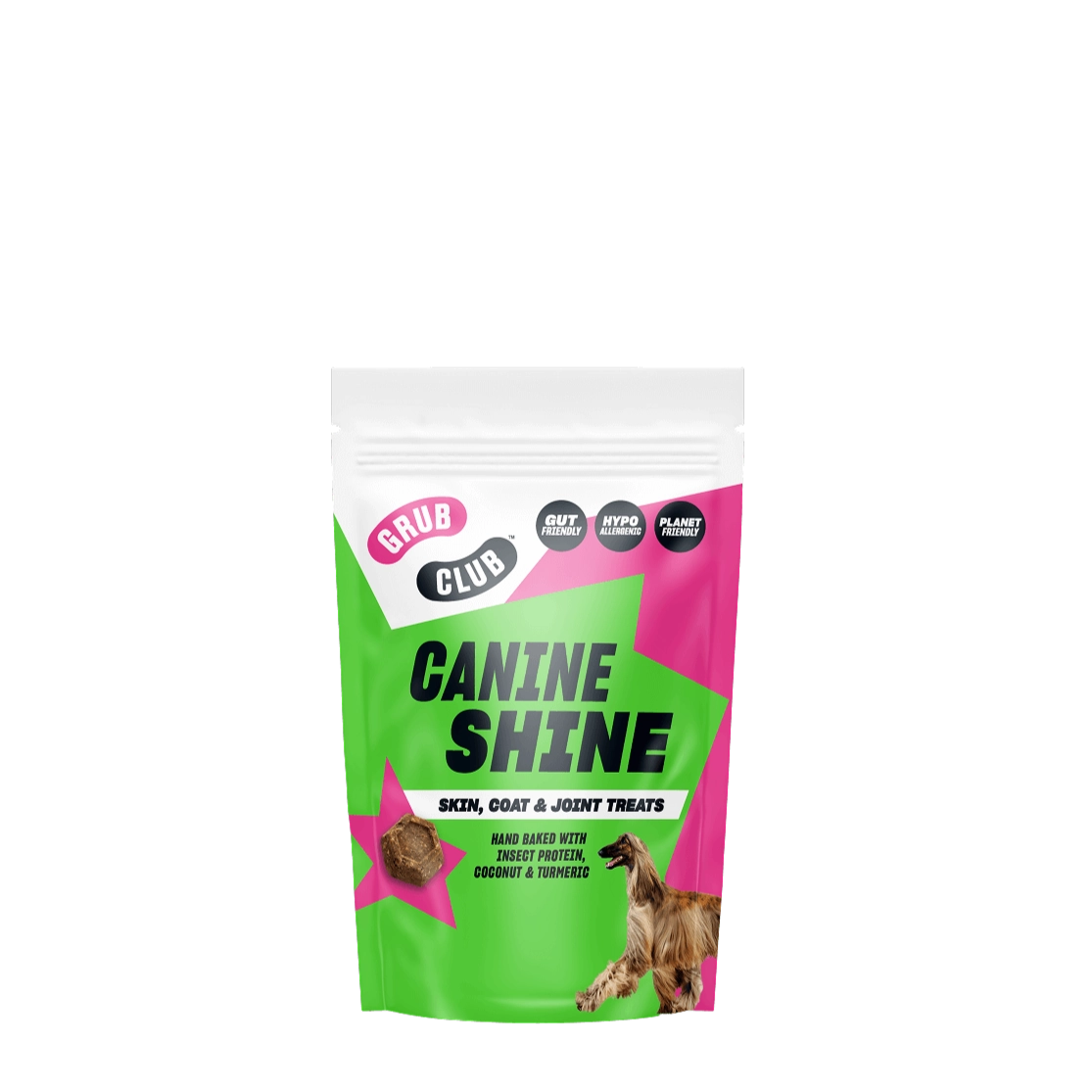Top Dog: All-In-One
Supplement for Snout-to-Tail Wellness
60 Scoops
FREE UK Delivery on orders above £49.
You have £0.00 in your cart, spend £49.00 more and get free shipping.
60 Scoops
1 Bar
72 Bags
1 Pack
1 Pack
1 Pack
Or continue without a name
CheckoutAnal gland issues can cause discomfort and irritation, not to mention mess (if you know, you know) so fully understanding what they are, what they do, why dogs have them and being able to recognise that problems are occurring with them is essential. Luckily for you, we don’t find any topic too gross here at Grub Club and we are more than happy to share all of our inside knowledge on anal glands…
Right, so first things first, let’s shed some light on what anal glands are and why dogs have them.
Anal glands, also known as anal sacs, are small, sac-like structures located on either side of a dog’s rectum. These glands play a vital role in a dog’s communication and marking territory, much like how they use their sense of smell to navigate the world.
The glands produce a secretion that dogs release when they defecate, leaving a unique scent marker. This scent serves as a form of non-verbal communication, helping dogs establish dominance and even providing doggy information about their age, gender, and health to other dogs in the neighbourhood. Yes, these stinky things really are incredibly useful and clever!

Now that we’ve got a basic understanding of what anal glands are, let’s move on to the signs that your canine companion may be dealing with anal gland issues. Have you noticed any of the following symptoms?

If you’ve noticed one or more of the above signs and suspect that your dog is experiencing anal gland problems, there are several steps you can take to address the issue and hopefully reduce the likelihood of recurrence.
Anal gland issues are a really common in dogs, but they can be effectively managed and prevented with the right care and attention. By recognising the signs and taking proactive steps, you can ensure that your four-legged friend stays comfortable and odour-free (phew!)






